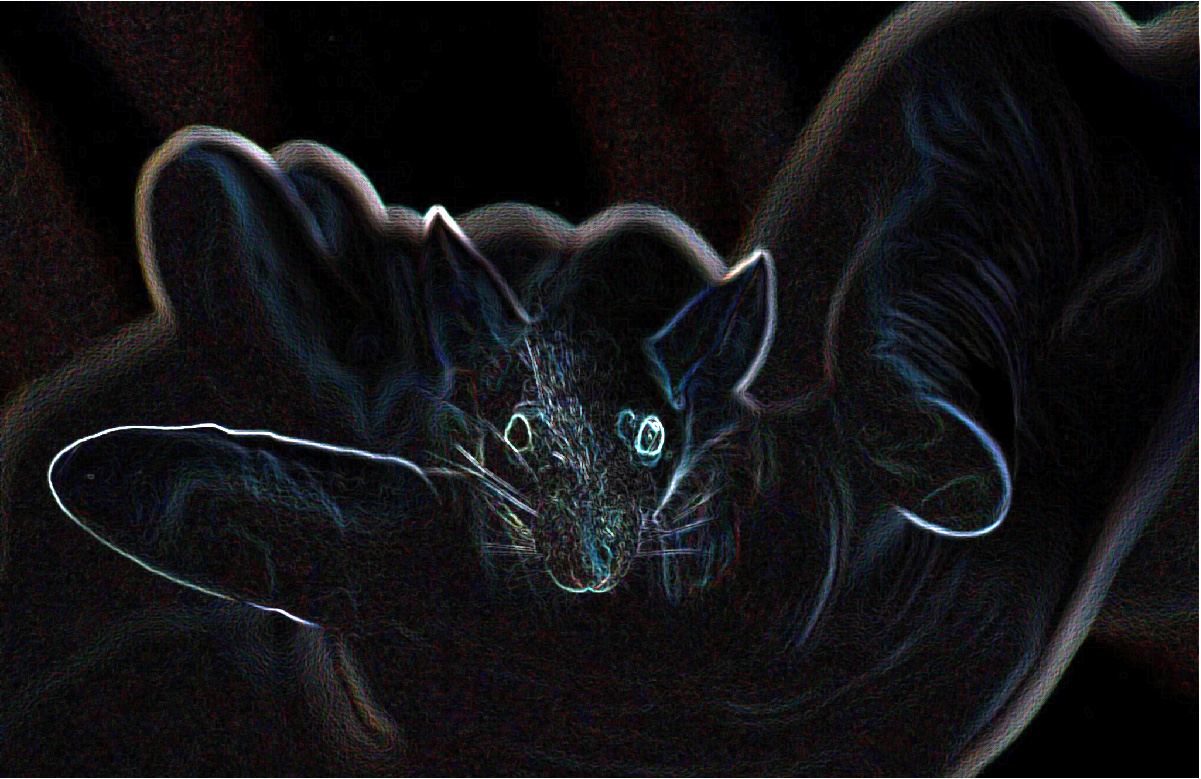By Paula Silva
Animal models are essential in biomedical research, especially in disease pathophysiology, drug discovery, evaluate the mechanism of action of existing drugs, discover new drug targets and biomarkers, establish pharmacodynamic/pharmacokinetic relationships, estimate dosage regimen and determine safety margins and toxicity. An ideal animal model is the one that considerably replicate both a human disease phenotype and its underlying causality.
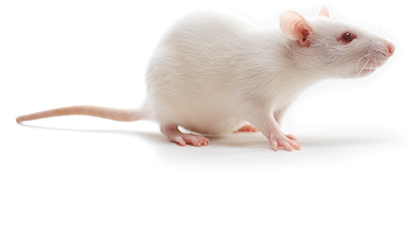
The beneficial effects associated with moderate wine drinking were disclosed mainly by epidemiologic studies. Animal model studies, however, confirmed some beneficial health effects of wine or wine compounds.
Since, in 1991, CBS featured a story on the French Paradox suggesting red wine consumption reduces the risk for heart disease, that several animal models were used to explore the wine and/or its components cardioprotective effects. Most of studies, explore the effects of polyphenolic compounds. One of the most recent ones, published last March, report the effects of red grape pomace on isoprenaline-induced infarct-like lesion in albino Wistar rats (1). The study show that extracts of red grape pomace had cardioprotective effects against infarct-like lesion by reducing oxidative stress, fresh pomace extracts having a better effect.
This study is very interesting because these beneficial effects were obtained with grape pomace, which is normally disposed as a waste. Grape pomace is an organic solid waste composed mainly of skin residues, broken cells with pulp remains, stalks and seeds, that remains after alcoholic fermentation. The necessity of finding alternative solutions for the exploitation and valorisation of those by-products was already mentioned in this blog. It is curious to see that these good practices are being adopted by small family wineries like Quevedo one.
Also, in this blog I published a post named “Why wine tasters do not have oral cancer?” remember? This issue was also explored in the past with animal models.
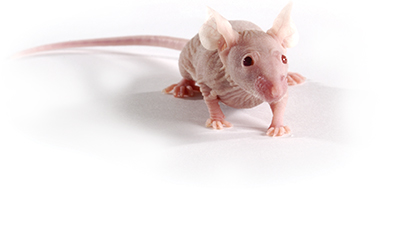
In 2016, it was published a paper showing that TriCurin, a composition of three food-derived polyphenols in unique stoichiometric proportions consisting of curcumin from the spice turmeric, resveratrol from red grapes, and epicatechin gallate from green tea, is a promising therapeutic to manage human papillomavirus (HPV) positive patients with head and neck squamous cell carcinoma (HNSCC) (2). In the pre-clinical trial athymic nude mice implanted with a HNSCC cell line (UMSCC47) was used. At 41 days after implantation, mice with palpable tumours were assigned to two experimental groups: treated TriCurin (direct intra-tumoural injection) and control.
After the treatment protocol, the mice in both experimental groups were sacrificed, and the entire tumours were resected and processed for histological analysis. The study showed that intra-tumour delivery of TriCurin results in abundant tumour cell death in the region of the injection site. Tumour cells in the periphery of the tumour showed an altered phenotype with lower proliferation capacity (it was observed a decrease Ki67 staining) and with lower levels of the viral oncogenic HPV16E6 protein that is involved in the occurrence and progression of HNSCC (the expression of the protein was detected by immunofluorescence). Taken these results and the findings obtained in in vitro experiment provided initial evidence that TriCurin may be an alternative therapeutic approach to manage HPV-positive HNSCC.
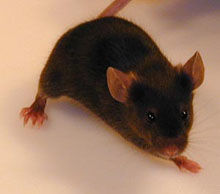
One animal model widely used to study Alzheimer’s disease is Tg2576 mice, which model AD-type amyloid beta-protein (Aβ) neuropathology. The first study using this model to evaluate the potential benefits moderate consumption of wine in Alzheimer’s disease was carried out by Wang et al. (2006) (3).
In this study, 11-month-old Tg2576 mice consumed with moderation Cabernet Sauvignon wine delivered in drinking water for 7 months and a significantly reduced AD-type Aβ neuropathology and attenuated spatial memory decline was observed. This study was followed by many others that used animal models, most of all exploring the effects of resveratrol, and all show that is beneficial for animal neurodegenerative disorders, mainly due to its antioxidant and anti-inflammatory properties. Literature also reveals that pretreatment with resveratrol significantly attenuates oxidative stress damage and improves motor and cognitive impairment. In my post “Moderate sparkling wine consumption and its role in the modulation of oxidative stress in neurodegenerative diseases”, I suggested that rodent model(s) can be used to study the effects of sparkling wine neurodegenerative diseases, this Tg2576 mice is a possibility.
Zebrafish (Danio rerio), a model that I know very well, can also be used in wine related studies. Recently zebrafish embryos were used to evaluate the effect of wine lees polyphenols in lipid metabolism (4). Rutin and quercetin were the major polyphenols identified in lees polyphenolic extract, which presented a significant antioxidant capacity.
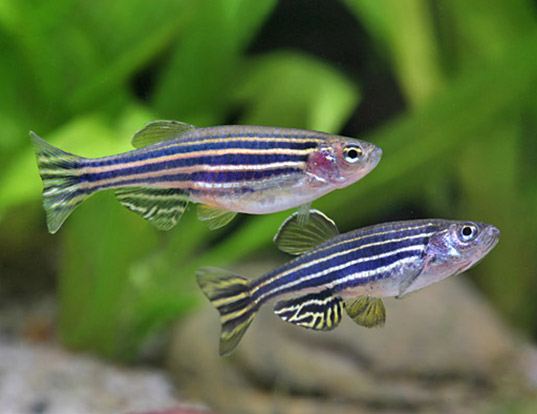
Lees extract induced a reduction of Zebrafish embryos’ fat reserve and changes in the expression of lipid metabolism key genes connected to lipid transport, lipogenesis and β-oxidation. As I mentioned previously in this post about the cardioprotective effects of grape pomace, this is al also a very promising study not only because of the polyphenolic extract from wine lees, which is a wine by-product, is a potential food ingredient for weight management that could enter the food innovation chain soon. What do you think about this Quevedo family?
In conclusion, animal models are very useful in wine research area. To work with these animal models, it is necessary to have cognitive ability, heart and courage. A researcher with these personality traits, knows that there is no place in science for ill-designed, poorly executed, and inadequately reported studies of any type. Consideration of the welfare of animals in biomedical research comprises the ethical responsibility of the scientific community to: guarantee the potential benefits arising from animal use and ensure that any harm caused is as low as it can be and to attempt to achieve the highest level of well-being where animal use is necessary. The concept of Replacement, Reduction and Refinement as guiding principles for humane in vivo research is the best strategy to address this responsibility.
(1) Balea, Ş. S., Pârvu, A. E., Pop, N., Marín, F. Z., & Pârvu, M. (2018). Polyphenolic Compounds, Antioxidant, and Cardioprotective Effects of Pomace Extracts from Fetească Neagră Cultivar. Oxidative Medicine and Cellular Longevity, 2018.
(2) Piao, L., Mukherjee, S., Chang, Q., Xie, X., Li, H., Castellanos, M.R., Banerjee, P., Iqbal, H., Ivancic, R., Wang, X. and Teknos, T.N. (2017). TriCurin, a novel formulation of curcumin, epicatechin gallate, and resveratrol, inhibits the tumorigenicity of human papillomavirus-positive head and neck squamous cell carcinoma. Oncotarget, 8(36), 60025.
(3) Wang, J., Ho, L., Zhao, Z., Seror, I., Humala, N., Dickstein, D. L., … & Pasinetti, G. M. (2006). Moderate consumption of Cabernet Sauvignon attenuates Aβ neuropathology in a mouse model of Alzheimer’s disease. The FASEB Journal, 20(13), 2313-2320
(4) Caro, M., Sansone, A., Amézaga, J., Navarro, V., Ferreri, C., & Tueros, I. (2017). Wine lees modulate lipid metabolism and induce fatty acid remodelling in Zebrafish. Food & function, 8(4), 1652-1659.

